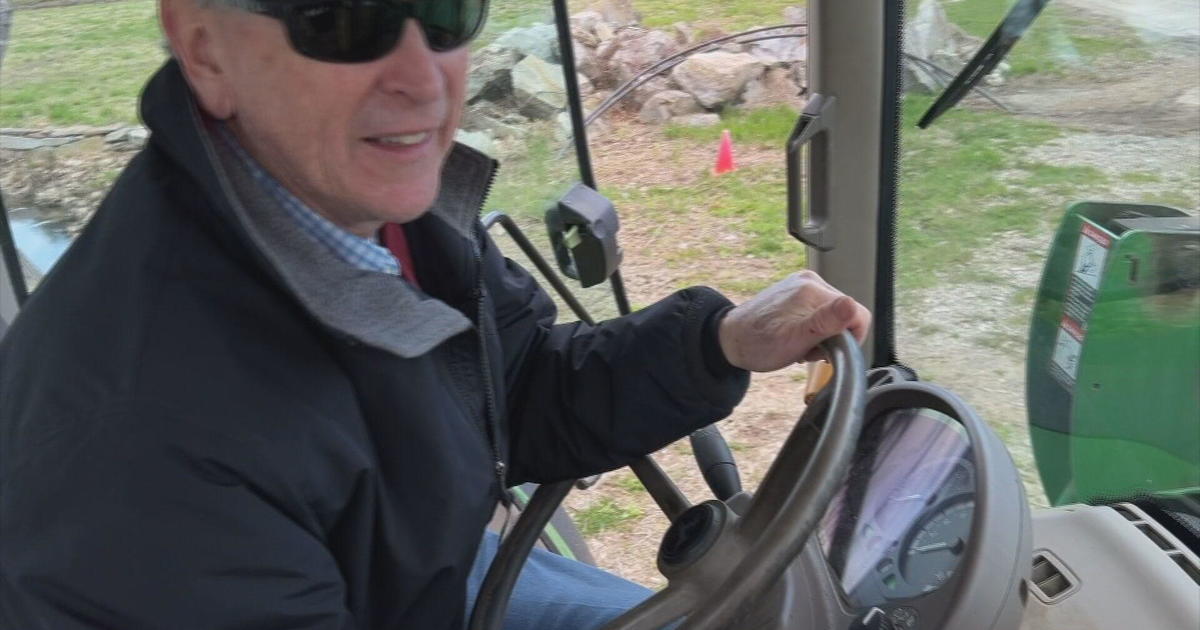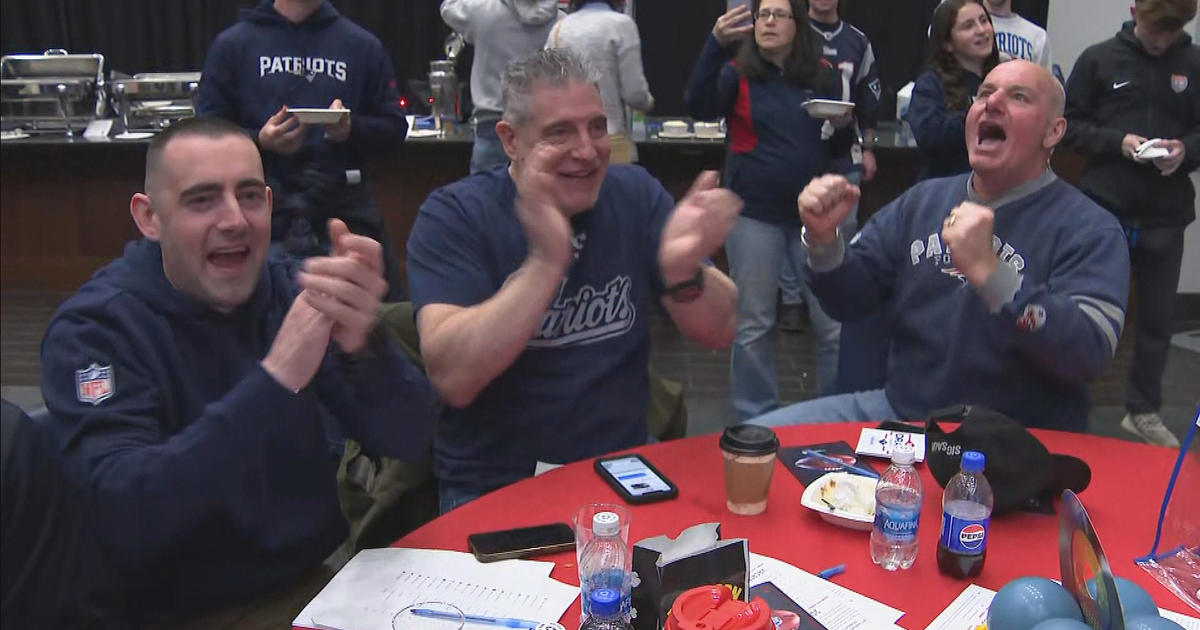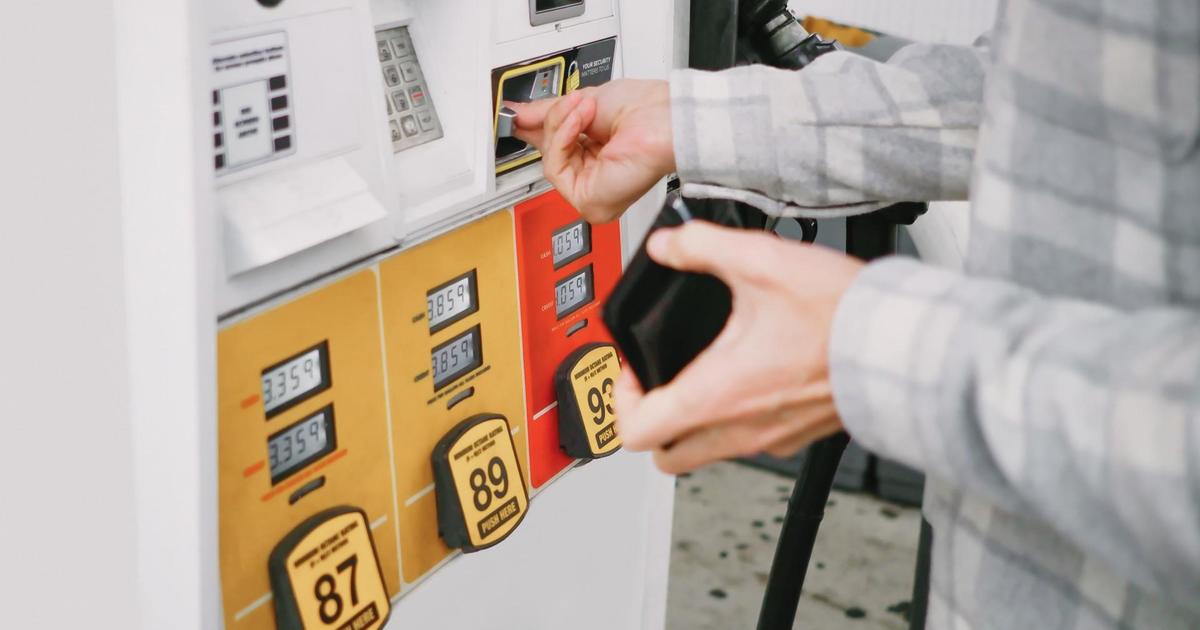New Traffic Light System Aims To Make Your Commute Faster Than Ever
QUINCY (CBS) - When it comes to the future of transportation, a new type of traffic signal is getting the green light on some of the Boston area's busiest streets. The lights are meant to help keep traffic moving and ease local commutes.
"It can get a little hectic." That's one driver describing the commute to and through Quincy. "The language I want to use you can't put on TV," explained another frustrated driver, but a different type of language could be the solution.
Traffic lights in Quincy are now talking to one another. Using radars, cameras, and radio transmitters 20 intersections are now interconnected and able to respond to traffic patterns in real time.
"The queue reduction is dramatic," said Chris Cassani, Quincy's Director of Traffic and Parking. "Instead of 1,500 feet you might see 500 feet."
The moment the long line of cars waiting at a red light on Sea Street hits 500 feet Cassani told us the light will turn green, "and all these cars are able to get home faster."
Most traffic lights run on a set timing schedule regardless of what's happening on the road. With these new Adaptive Traffic Signals the system can tell when cars are backing up and also alert the next set of intersections about the traffic heading that way. The timing of the lights adjusts as needed, deciding minute-by-minute which lanes get the green light or the red light all to keep traffic moving as efficiently as possible.
The software is constantly analyzing traffic both by the minute and over longer periods of time. Looking at a computer screen you can see the program at work.
Blue rectangles surround each car, allowing the system to get an accurate vehicle count. Yellow rectangles detect vehicles approaching an intersection. Purple rectangles are detecting cars heading to the next light. The system is then able to anticipate what to expect during rush hour, look ahead to holiday traffic, or adjust immediately to a one-time backup. This not only eases congestion on main streets but on back roads, as well.
"The better you handle your major intersections, the less of a need people have to do those shortcuts," explained Cassani.
While the software is making necessary adjustments 24/7, the timing on the lights can also be adjusted manually right from DPW headquarters. This eliminates the need to send a crew to a specific intersection to tap into one of those street corner control panels.
A similar system is up and running in Burlington near the mall. Braintree is putting them in along Route 37. Salem has the lights along Route 107. Needham has one intersection on Highland Avenue. There is also a plan to install these adaptive signals in Boston's Seaport next year.
"People will still sit at red lights," said Cassani. "The goal here is to dramatically, dramatically reduce the amount of time people are stopped, waiting."
The system can even connect right to your phone. Quincy drivers can tap into the app Travel Safely for updates on the lights, work zones, or pedestrians and cyclists along your route.




